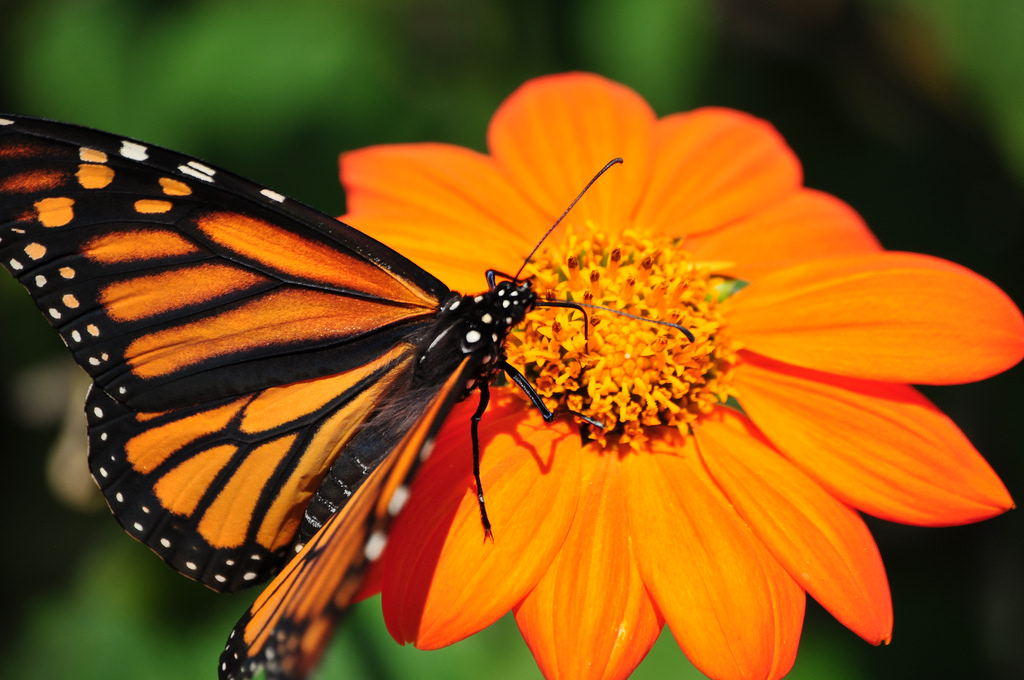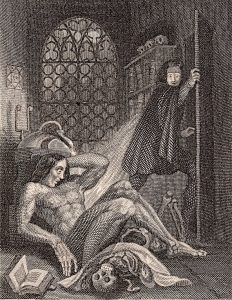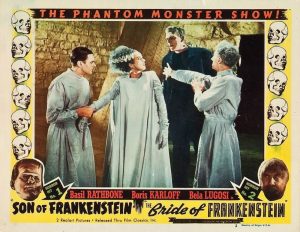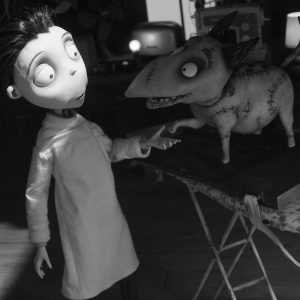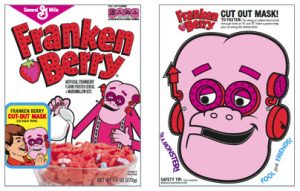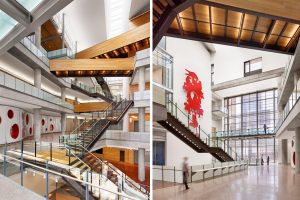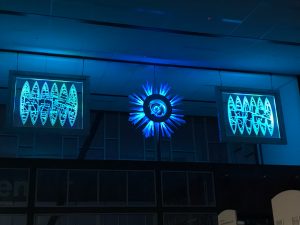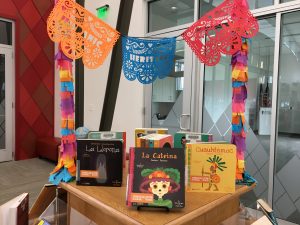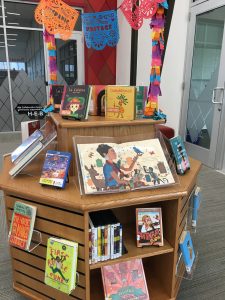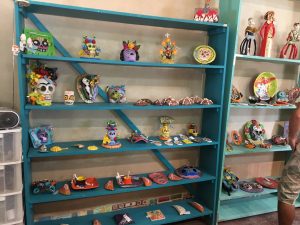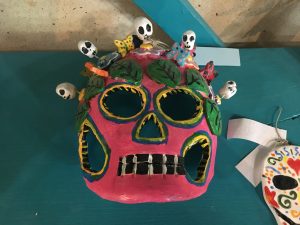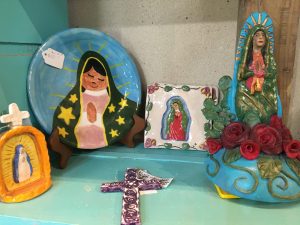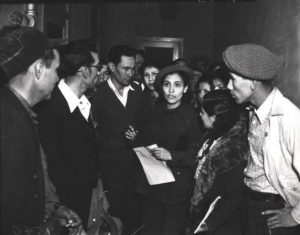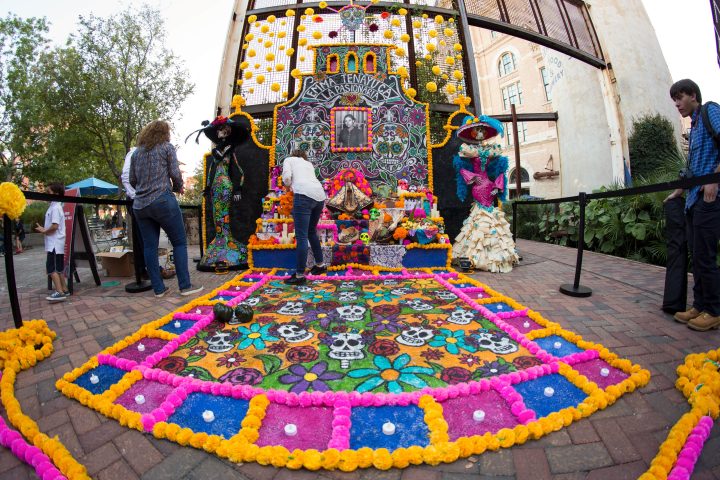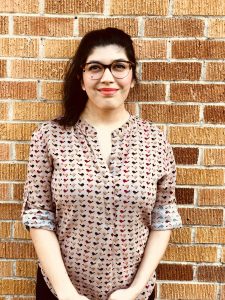In May of this year I was selected to be a member of the 2018 class of the Alexander Briseño Leadership Development Program (ABLDP), a program designed to mold participants into trans-formative leaders. All class members were sorted into action teams, the goal of which is to solve a problem pertinent to that field or industry. The action teams would deliberate and propose solutions at the last meeting of the program where industry leaders would be listening to the presentations. If the panelists like the pitch, the proposed idea has a chance of coming to fruition. My action team was Arts and Culture and I was paired with eight other classmates from companies and organizations all throughout San Antonio. We brainstormed as a team to think about what positive contribution we could make to the Arts and Culture community in San Antonio. What was missing? Or what existed but could be made better?
San Antonio has many great pieces of public art all throughout the city. There are murals, sculptures, galleries, and artists of all trades in almost every pocket of the city. The issue is that these art pieces are not widely known or visited. It may be an issue of accessibility or even relevance, but the fact is that we are a city lacking in art awareness and engagement. Our solutions to this problem involved a series of proposed projects. How to combat the issue of accessibility? Bring art to the people! We proposed a mobile art initiative beginning with an art installation on a river barge called ‘Studio Rio’ that traveled the San Antonio River. In the next phase of the project , art exhibits would be added to buses, then kayaks, then maybe even scooters. Art would be on the move and accessible to every resident in San Antonio because it would be in their backyards. Through project revisions our proposal eventually changed and evolved into something bigger. Ultimately we decided to create an arts consortium to advocate for the arts in San Antonio. Although there are no shortage of art organizations in San Antonio, all are limited in their marketing capabilities by societal and economic constraints. The art river barge is an important component of this project and will serve as an activation point for learning about the arts in San Antonio through the use of a QR code. If this project comes to fruition we would be partnering with the San Antonio Department of Arts and Culture and Go Rio to promote accessible, mobile, and approachable public art access in San Antonio.
So, how does any of this relate to public history? During my time with ABLDP and working towards this goal of making public art more widely known and accessible, it dawned on me that we, as public historians are the consortium working to bring hidden histories to life, just as the advocacy group will be working towards the goal of making public art more accessible. Art and culture provide a sense of personal identity and breath vitality into communities. I guess this post serves as a thank you to all the artists and historians out there for doing what you do. Thank you for your passion, dedication, and life enrichment. It is necessary and very much appreciated.


